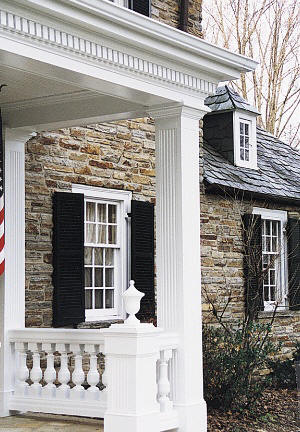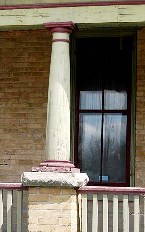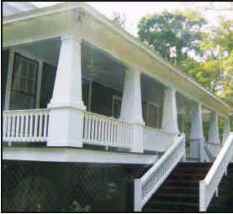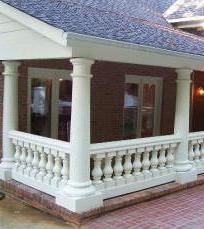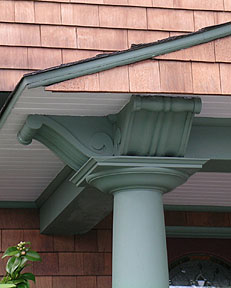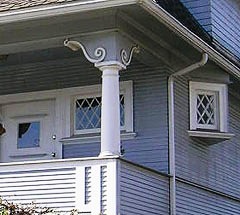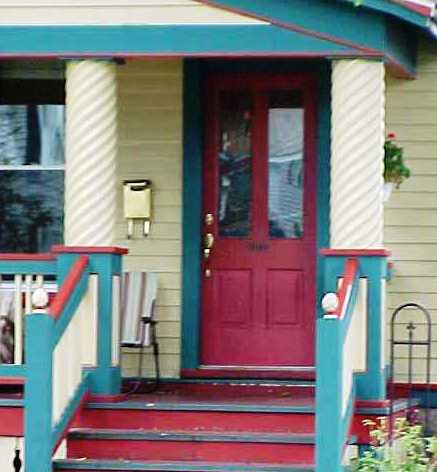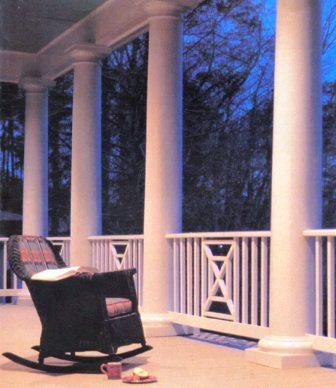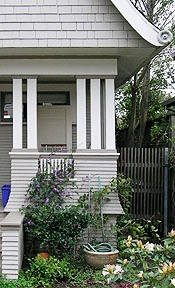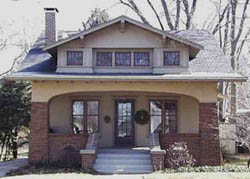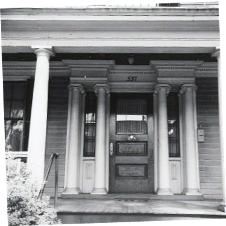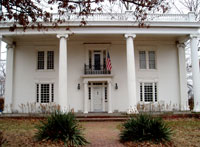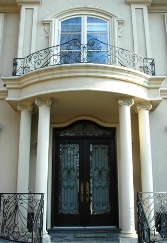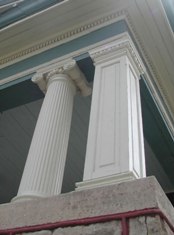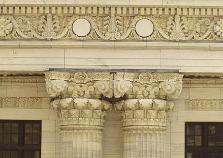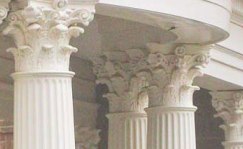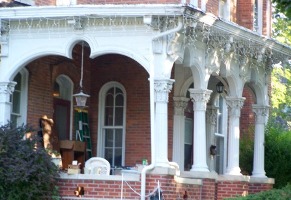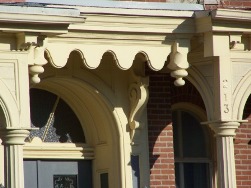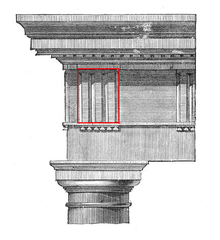It may take a while to get around to answering what is a lodge, but hopefully we can explore what a lodge means to all of us.
How many times have you said, "I'm going to lodge" or "See you at Lodge" or "When was the last time you were at Lodge?" or "Honey, we are having a dinner at Lodge and you're invited"
Sometimes we use the word Lodge to mean many different things.
What is a lodge? Is it the building where the lodge meets? Does Mt.Morris Lodge meet at the Mt.Morris lodge? .......or is Mt.Morris Lodge the members and officers of Mt.Morris Lodge which happens to meet at the Mt.Morris Masonic Temple ? by the way in my opinion....I've never bought into the Masonic Center name...again that is my opinion and not that of the Grand Lodge of Michigan.
If you look up the word lodge, it is a crudely built, temporary shelter. A more modern version is a hunting lodge but still a temporary or seasonal shelter not intended for long term use.
In Masonic jargon we use lodge to mean "the lodge" or for example, "I'm going to Swartz Creek Lodge" yes it means the location of where Swartz Creek meets but more importantly it means the brothers and officers of Swartz Creek lodge.
If something were to happen to the "building" at Mt.Morris or Swartz Creek or anywhere.....the lodge would continue on and just hold their meetings in a different "building" at a different location. Remember in the infancy of the craft in this newly formed United States, lodges usually met in an upstairs room of a tavern, and after the meeting they could get a pint, after all the water in those days would kill you, but that's another story.
I thought of all this last night during our Past Masters & Life Members banquet. I happened to step outside for a few moments and it was dark, cold, and rainy; when I went back into the "lodge" it was well lit, warm, and dry.....it suddenly dawned on me that the "lodge" is all the members, officers, honorary members, and their families......I had come in from the outside which was not pleasant at the time into the building which provided shelter from the inclemency of the current weather conditions.....and from a place of darkness and loneliness back into the warmth, light, and brotherhood of the "lodge"
I am sure that we have all heard a sermon or two at church discussing that "the church" is not the building but the congregation.....the same holds true for our lodges. Too often as of late we have lodges who have become slaves to their buildings and pour every ounce of energy into maintaining and paying the bills to keep the building or as we would term it the lodge......but the "lodge" is much more than a building, it's a living breathing brotherhood or fraternity that is ever growing and evolving.....as we learn in the Fellowcraft degree many majestic buildings have fallen or been destroyed but Freemasonry has survived through the ages.
We need to focus on the "lodge".....the true lodge---the brothers, officers, honorary members, and all of their families.....as our Deputy Grand Master Ray Lemons has said .....let's get back to Masonry....if we do Masonry correctly......the building will be taken care of.......let's focus on what is important and that is meeting the needs of all the members of the lodge.....they joined for a reason, lets give them a reason to be active and really enjoy the true meaning of going to .........lodge.


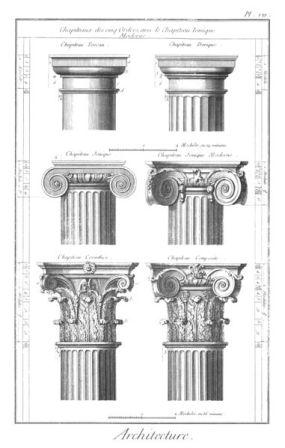
 The Doric
The Doric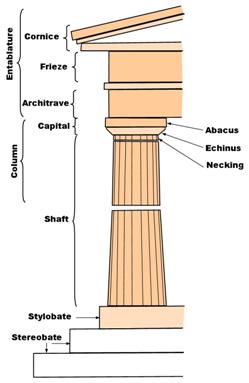
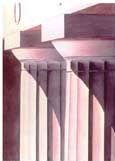
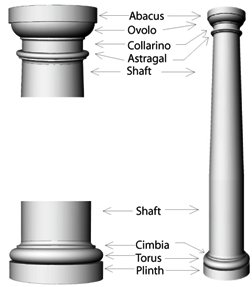
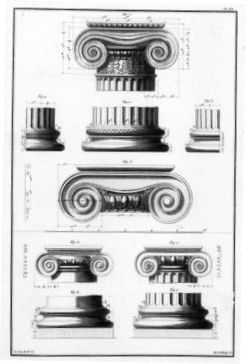
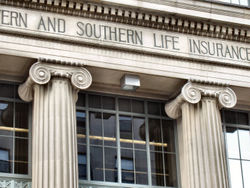
 Corinthian order
Corinthian order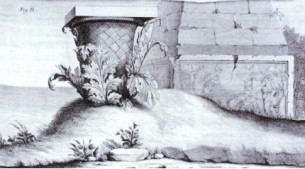 This basket happened to be placed just above the root of an acanthus.
The acanthus root, pressed down meanwhile though it was by the weight,
when springtime came round put forth leaves and stalks in the middle,
and the stalks, growing up along the sides of the basket, and pressed
out by the corners of the tile through the compulsion of its weight,
were forced to bend into volutes at the outer edges.
This basket happened to be placed just above the root of an acanthus.
The acanthus root, pressed down meanwhile though it was by the weight,
when springtime came round put forth leaves and stalks in the middle,
and the stalks, growing up along the sides of the basket, and pressed
out by the corners of the tile through the compulsion of its weight,
were forced to bend into volutes at the outer edges.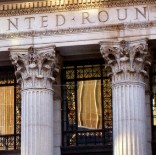
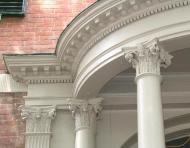
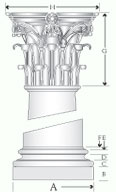
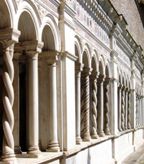 They were called “Solomonic” because they were based on a description
of columns in the great temple of King Solomon in the Old Testament.
They were called “Solomonic” because they were based on a description
of columns in the great temple of King Solomon in the Old Testament.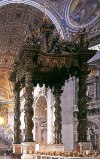 A Solomonic column has a base and ends in a capital like a classical
column, but the shaft twists around the shape of the column. The most
famous use of Solomonic columns is in the baldocchino designed by
Bernini for Saint Peter’s Basilica in the Vatican City.
A Solomonic column has a base and ends in a capital like a classical
column, but the shaft twists around the shape of the column. The most
famous use of Solomonic columns is in the baldocchino designed by
Bernini for Saint Peter’s Basilica in the Vatican City. 